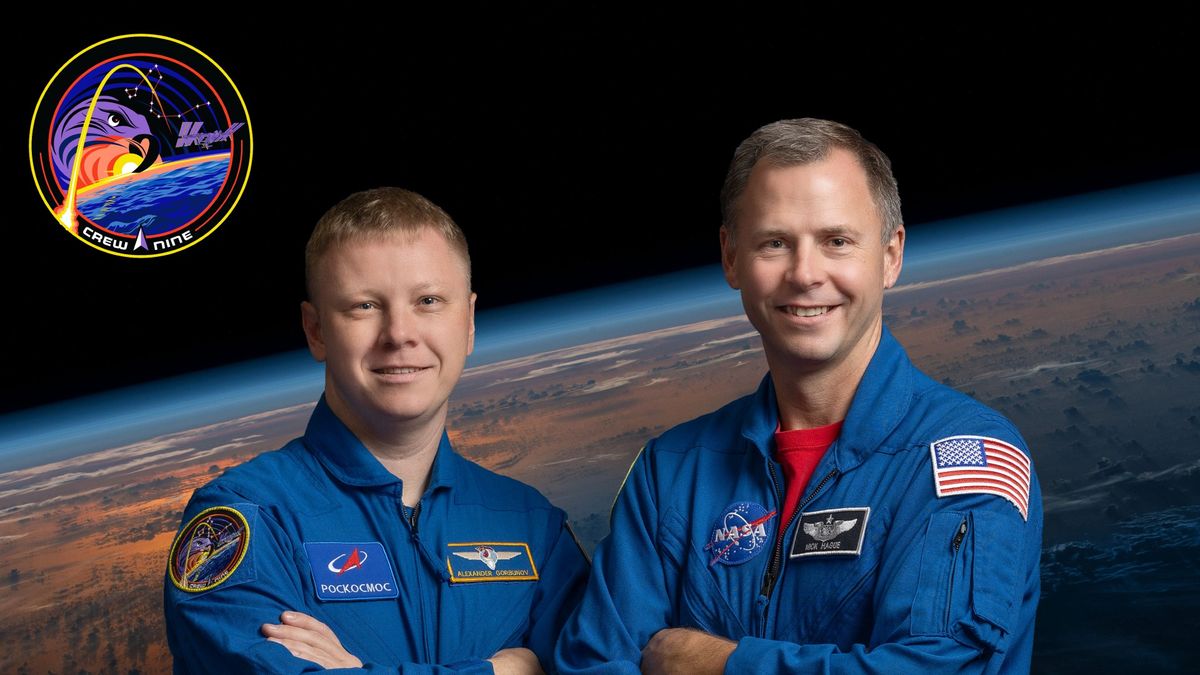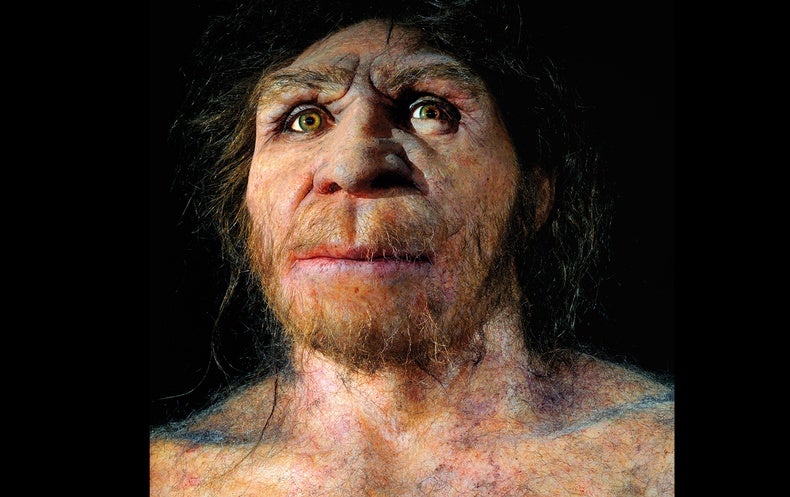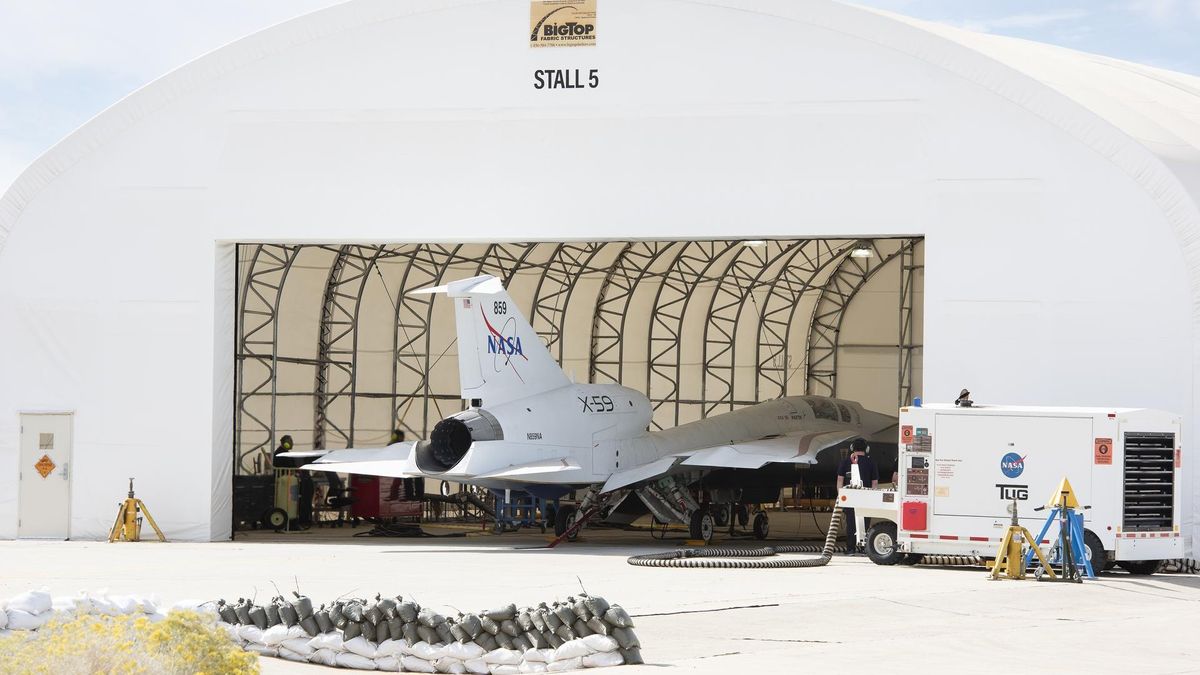This week, NASA is sending up a rescue mission to the International Space Station.
On Thursday (Sept. 26), NASA astronaut Nick Hague and cosmonaut Aleksandr Gorbunov of Russia’s space agency Roscosmos will launch to the International space Station (ISS) on SpaceX’s Crew-9 mission. Two other NASA astronauts, Zena Cardman and Stephanie Wilson, both mission specialists, were supposed to be aboard as well.
But Wilson and Cardman were cut from the flight in order to make room for two other NASA astronauts, Butch Wilmore and Suni Williams, who are currently stuck on the station without a dedicated ride home. The duo now will hitch a ride home with Hague and Gorbunov when Crew-9 departs in February 2025, having spent roughly eight months in space. Williams and Wilmore were supposed to spend just 10 days or so in space. How did NASA find itself in this position?
Shortly after Wilmore and Williams launched on Crew Flight Test (CFT), the first astronaut mission of Boeing’s Starliner spacecraft, on June 5, the capsule encountered issues. Five of its 28 reaction-control thrusters malfunctioned, and several helium leaks were detected in the spacecraft’s propulsion system.
NASA spent weeks diagnosing the issues by conducting tests using Starliner hardware at the White Sands Test Facility in New Mexico. Wilmore and Williams also performed thruster tests on the Starliner docked at the ISS to try and produce as much data as possible for mission teams on the ground to analyze in order to determine if the vehicle was a safe ride home for astronauts.
“Our big concern is having a successful deorbit burn, making sure that the [propellant] system works just the way it needs to, all the way through the deorbit burn,” said Ken Bowersox, associate administrator for NASA’s Space Operations Mission Directorate, during an Aug. 14 briefing.
Ultimately, the space agency announced 10 days later that it had decided to bring the vehicle home without its crew. That left Starliner’s two astronauts, Williams and Wilmore, stuck on the orbital outpost until they could hitch a ride home on Crew-9.
Related: Boeing Starliner astronauts will return home on a SpaceX Dragon in 2025, NASA confirms
Starliner’s first uncrewed flight test was similarly unsuccessful. In December 2019, the spacecraft failed to reach the space station due to software issues. A second uncrewed orbital flight test in May 2022 made it to the station and back just fine, although eight months later than scheduled.
After CFT concluded with Starliner landing uncrewed in the New Mexico desert on Sept. 7, 2024, NASA leaders said Wilmore and Williams would have been just fine had they ridden it home. “It would have been a safe, successful landing with the crew on board,” said Steve Stich, manager of NASA’s Commercial Crew Program, during a post-landing press conference earlier this month.
But, invoking lessons learned from the space shuttle Challenger and Columbia disasters, NASA stressed that it does not want to put astronauts at risk more than is necessary.
“The decision to keep Butch and Suni aboard the International Space Station and bring the Boeing Starliner home uncrewed is a result of a commitment to safety,” NASA Administrator Bill Nelson told reporters on Aug. 24.
“NASA, ever since, has tried very hard to bring about an atmosphere in which people are encouraged to step forward and speak their mind, and I think, right, today is a good example of that,” Nelson said.
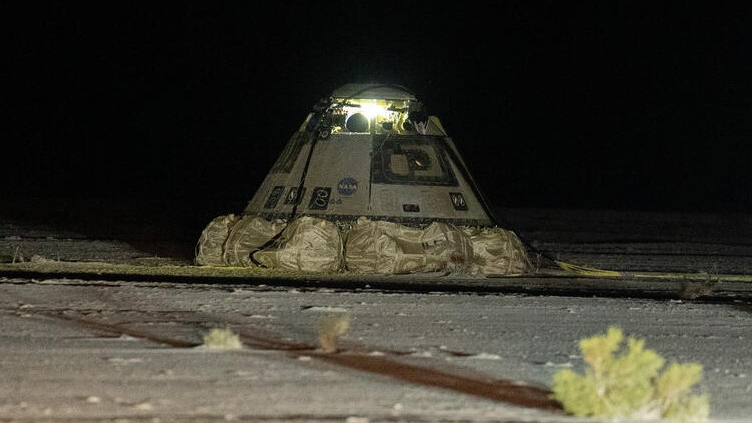
NASA was in a similar position just last year. Astronaut Frank Rubio was stranded on the ISS when a violent coolant leak popped up on the Russian Soyuz MS-22 spacecraft he rode to the ISS as part of the Expedition 68 mission.
Rubio would go on to spend 371 continuous days in space, breaking a U.S. record while he waited on a replacement Soyuz for a ride home.
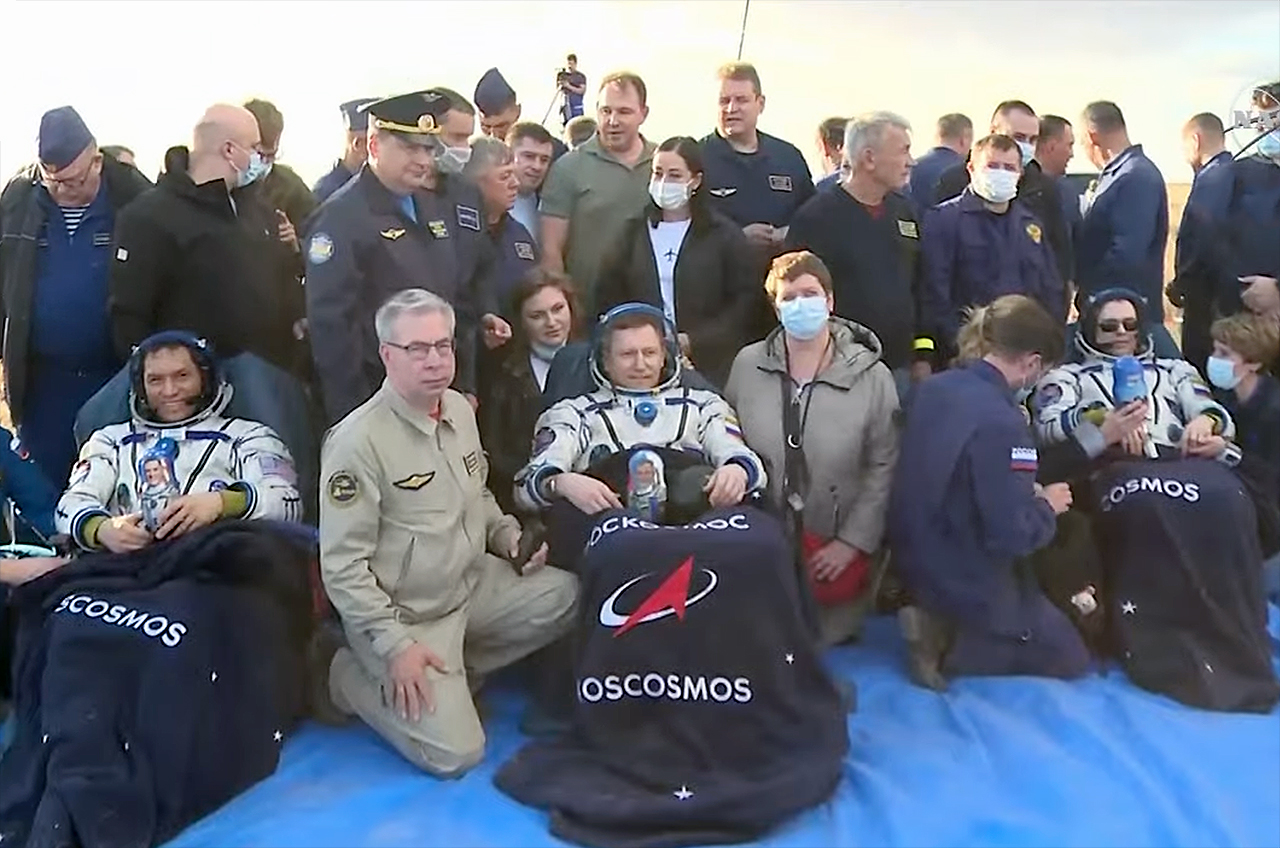
Aside from being a “rescue mission” of sorts, Crew-9 will be historic for a number of other reasons. It will be the first crewed launch to take off from Space Launch Complex-40 (SLC-40) at Cape Canaveral Space Force Station in Florida, and only the second crewed launch from the Space Force site overall, following Starliner’s CFT launch in June.
Crew-9 commander Nick Hague will also become the first active U.S. Space Force Guardian to launch to space since the branch was established in 2019.



